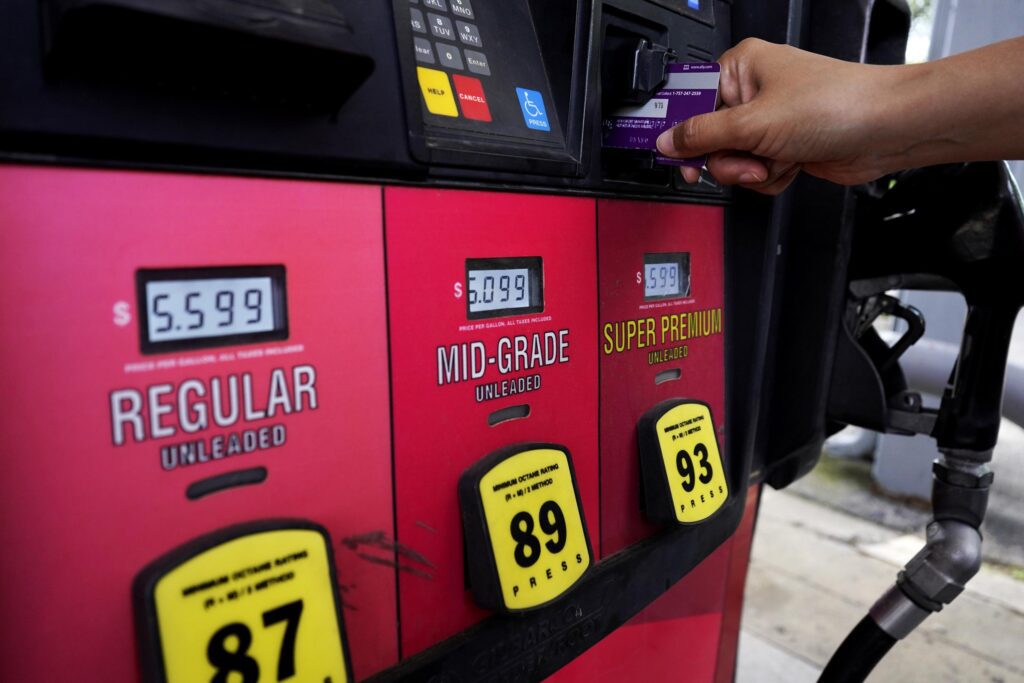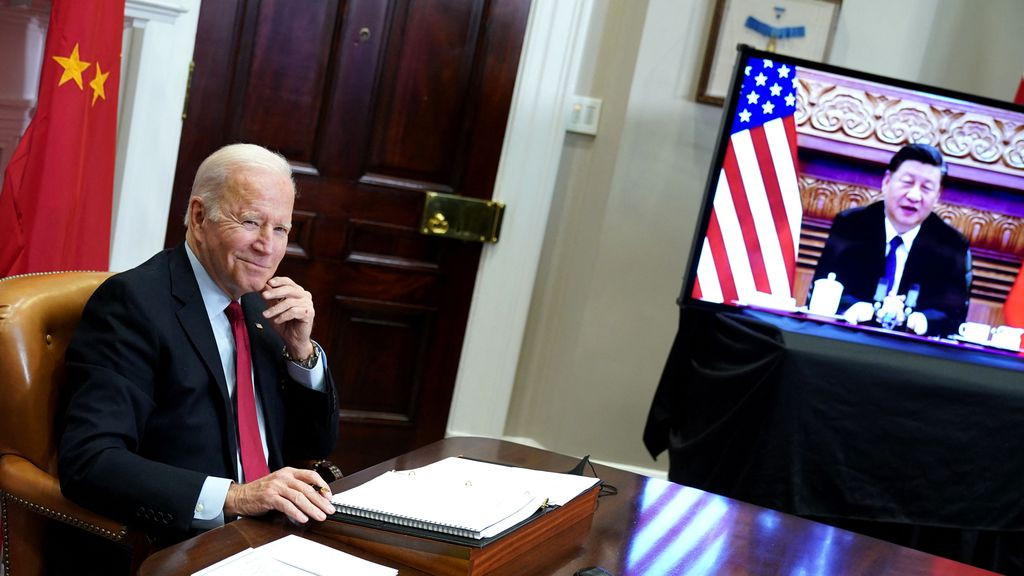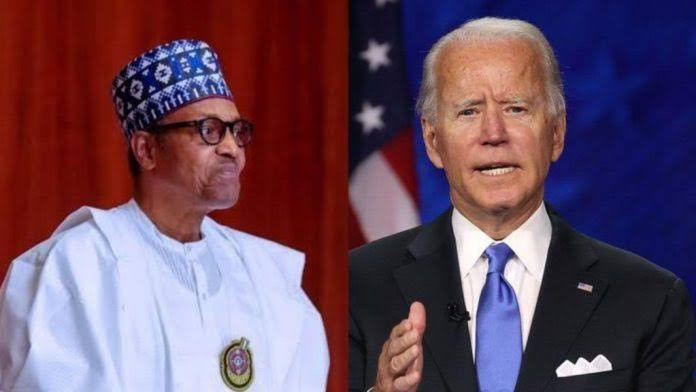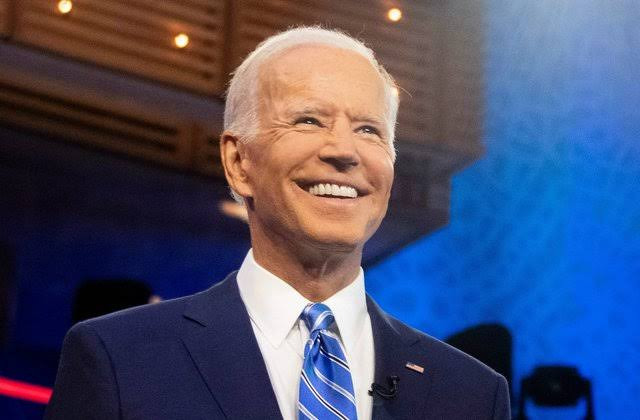News
U.S. economy shrinks for 2nd straight quarter, raising fears of a recession
The U.S. economy shrank from April through June for a second straight quarter, contracting at a 0.9% annual pace and raising fears that the nation may be approaching a recession.

The decline that the Commerce Department reported Thursday July 28, in the gross domestic product the broadest gauge of the economy followed a 1.6% annual drop from January through March. Consecutive quarters of falling GDP constitute one informal, though not definitive, indicator of a recession.
The report comes at a critical time as the country’s consumers and businesses have been struggling under the weight of punishing inflation and higher borrowing costs.
The report comes just a day after the US Federal Reserve raised its benchmark interest rate by 0.75 per cent for the second time in a row as it continues efforts to conquer the worst surge in inflation in four decades.
The Fed is hoping to achieve a notoriously difficult “soft landing”: An economic slowdown that manages to rein in rocketing prices without triggering a recession.
The strength of America’s job market, Federal Reserve Chair Jerome Powell said at a news conference on Wednesday, “makes you question the GDP data”.
Asked whether he thought the US was in a recession, Mr Powell said he did not think it was, citing the “remarkably strong” labour market and adding “it doesn’t make sense” for the country to be in a recession right now.
Mr Powell also correctly noted that US GDP data is often revised at a later date. In its press release on Thursday morning the BEA noted that the GDP estimate was based on source data that are either incomplete or subject to revision from the source agency and that the second estimate for the quarter will be released on 25 August.
The most widely accepted definition of a recession comes from the National Bureau of Economic Research, a group of economists whose Business Cycle Dating Committee defines it as “a significant decline in economic activity that is spread across the economy and lasts more than a few months”.
In a statement released by the White House, President Joe Biden said: “It’s no surprise that the economy is slowing down as the Federal Reserve acts to bring down inflation. But even as we face historic global challenges, we are on the right path and we will come through this transition stronger and more secure. Our job market remains historically strong, with unemployment at 3.6 per cent and more than 1 million jobs created in the second quarter alone. Consumer spending is continuing to grow.”
Prior to the release of today’s data, forecasters surveyed by the data firm FactSet had estimated that the nation’s GDP made a tepid annual gain of 0.8 per cent between the beginning of April and the end of June. Others believed a more anaemic level of 0.2 per cent was possible.
The Federal Reserve Bank of Atlanta’s running estimate of GDP growth, based on available economic data, signalled a 1.2 per cent second quarter decline was on the cards.





